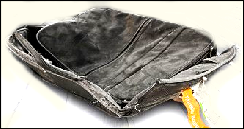

28-02-2010 ©WR



The 1950’s and 60’s saw plywood cases being covered with a PVC ( PolyVinyl Chloride) coated fabric that could be textured by rolling the material between embossing rollers; and marketed as ‘Rexine’. The cases did not have to withstand the rigours of modern travel as they were usually transported by hand, bus, train or car. Only as air travel and the increased mechanisation of handling equipment did suitcases need to be made of more durable materials.
Even at this time customers did not purchase new travel cases very often - a review of the $4 billion dollar market in such travel case products in the USA commented that
Even at this time customers did not purchase new travel cases very often -

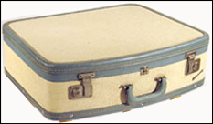
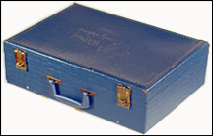
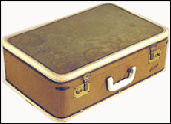
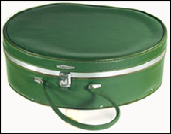


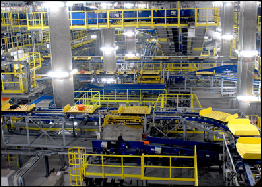
and the performance of the materials used in manufacture.... Will it survive the rigours of being mistreated by mechanical handling equipment and still look good for the check-in at the plush hotel ?

